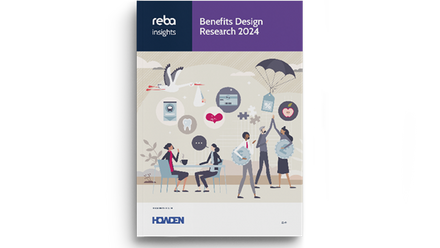If you were President, what would you achieve in your first 100 days?

Why is this relevant? Well actually 100 days is a great timeframe to concentrate on. So many reward professionals that I speak to face the challenge of a million things to do, most of them big ticket items but they seem to have one thing in common, they have at least one or a combination of the following three issues standing in their way;
1) Not enough time
2) No money
3) Difficult to break it into manageable chunks
I can help to some extent with 1 and 2 but 3 is an easy one.
As many of us may be off trying to keep our children amused or sunning ourselves throughout July and August, let’s forget about those two months.
Starting from 1 September, 100 days takes us to 10 December; around the time many people will be thinking about or starting their Christmas holiday season. So what can we do in those 100 days to get ready for 2017, to ensure we get off to the right start and make it a great year?
1) Get employees’ opinions
It might sound obvious but employees’ opinions are pretty important. After all, why do we do what we do? For me it’s about giving your employees benefits that make a difference to their everyday lives. They in turn make a difference to your business.
So let’s use these 100 days to gauge what’s actually important to them and then base our 2017 decisions around what they’ve told you. There’s a certain Meerkat on TV who has a word for that.
2) Find out what’s under the bonnet
Before we start making changes to benefits, wouldn’t it be ideal to understand the foundation on which you’re building? By this I don’t mean just what benefits you have in place and with which provider but who gets entitlement for what?
If you’re using a platform how is this entitlement fed through? Are there any discrepancies in data between your HRIS/payroll providers and your benefits platform? Are your BAU processes risk free and efficient? An audit of what may have been in place for many years is often a good place to start before making decisions on the future.
3) See what the Jones’ have got
The question I get asked more than any other is “what is everyone else doing?”. So let’s find out.
But beware, if you’re always doing what everyone else is doing then how are you being innovative? On the flip side, if you don’t know what everyone else is doing then how do you know what you’re doing is innovative? Chicken or egg?
Anyway if you know what your competitors are doing then you can make sound business decisions with regards to your benefits. And who are your competitors? In today’s world it’s no longer about companies in the same sector as more and more employees have transferable skills. So think about who you benchmark against.
4) Evolution not revolution
To have a big impact, you don’t always have to make big changes. Sometimes even the smallest of changes can have the desired effect. Allowing more flexibility in a benefit you already offer for example, or changing the selection process of a benefit from cumbersome paper to a slick and easy online process or offering more than one opportunity a year to select a benefit.
Introduce a simple voluntary benefit that many of your people will want. Revolutionary benefit changes are good too but they generally take more time and money. Evolve your benefits programme and you’ll see smaller improvements but at more regular intervals.
5) Set yourself a roadmap for 2017
This is the easy part. Write down everything you want to achieve with your benefits in 2017 and map it out. Then work back from your milestones to understand what needs to be done and when. Then share it with your colleagues so you have a common goal that everyone agrees to. Things are always easier when they’re written down.
So there you have it. If you ever become President, you have some ideas on what you can do. In the meantime, maybe use them for your benefit strategy instead.
Challenges are always made easier when they’re broken down into manageable chunks. Maybe 100 days is the perfect timeframe for you.
Andrew Drake is head of rewards and benefits consulting at JLT Employee Benefits
This article was provided by JLT Employee Benefits.
In partnership with






